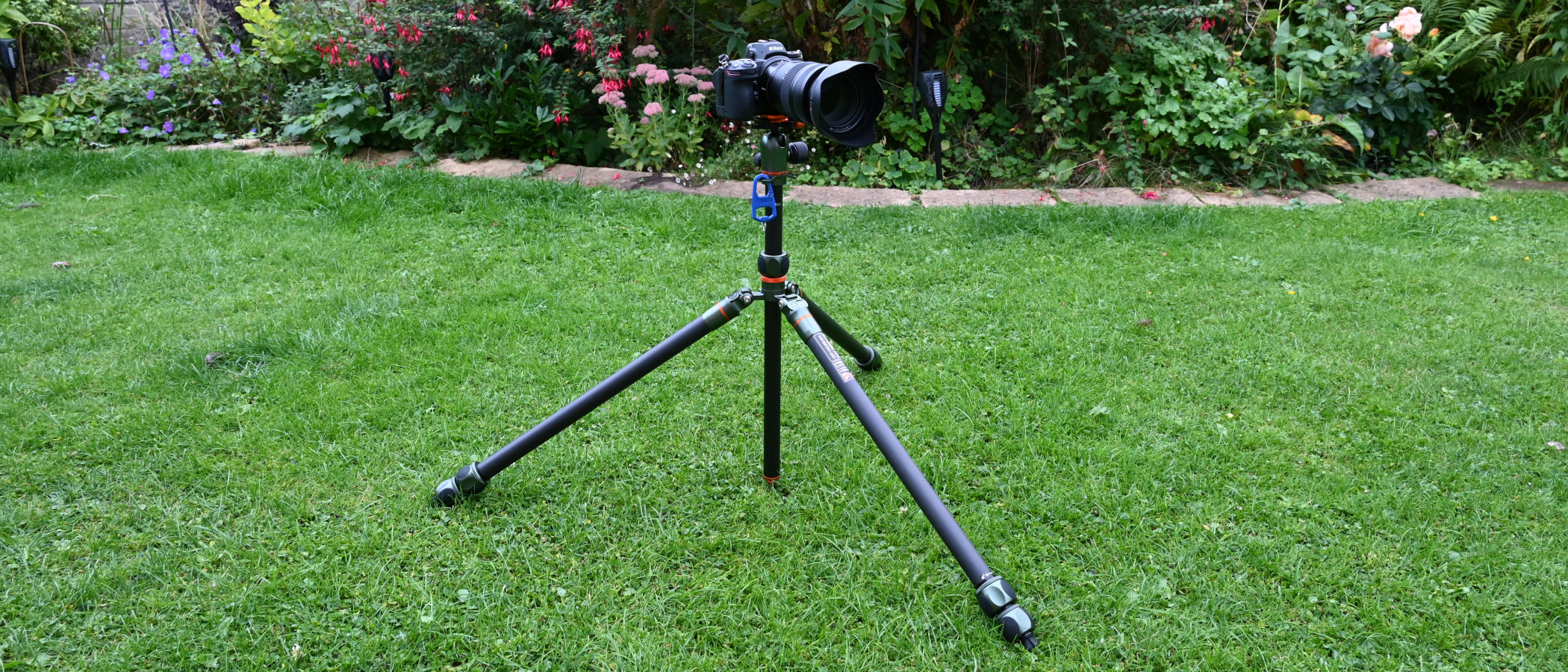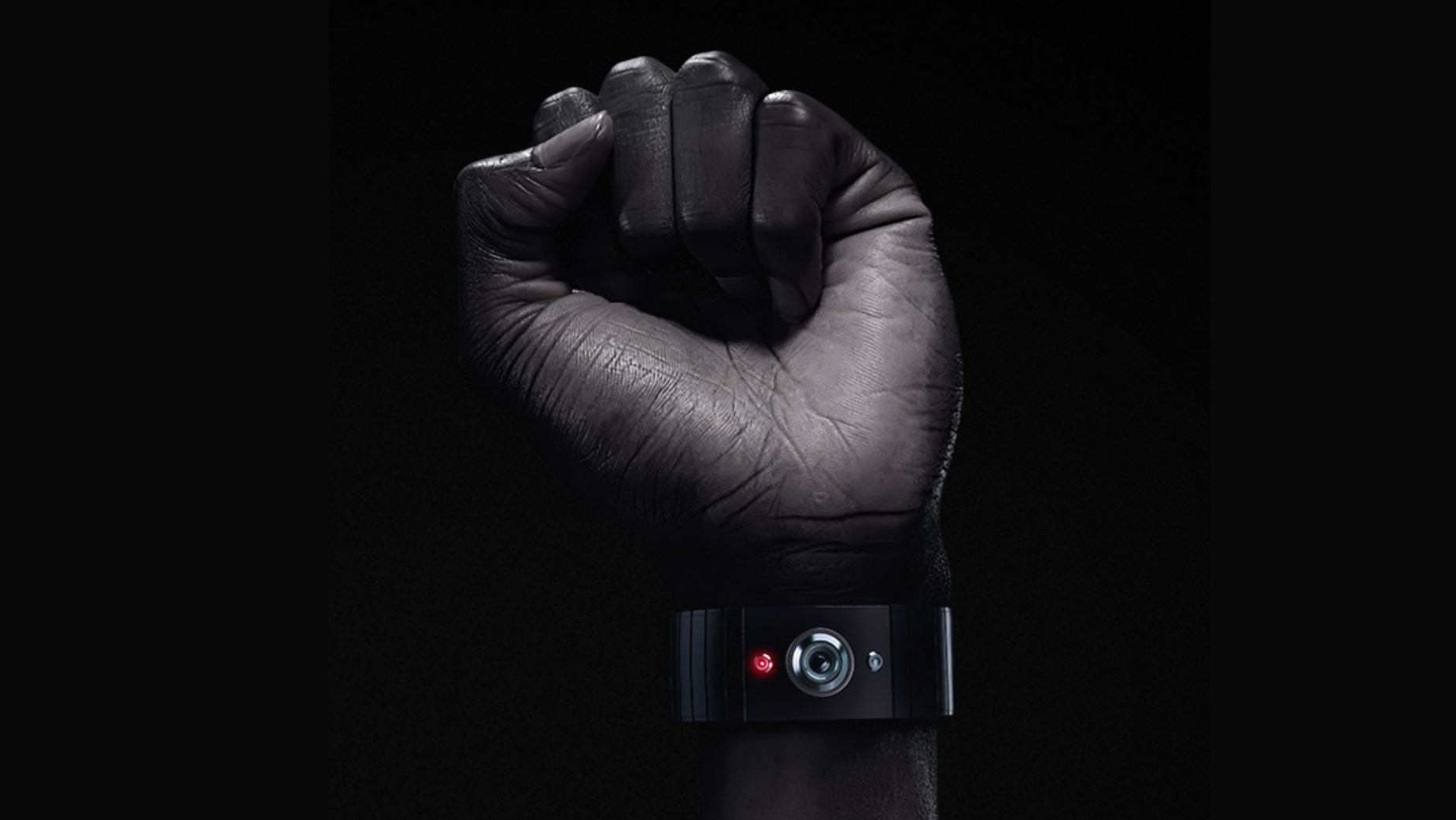Digital Camera World Verdict
The Winston 2.0 takes its design philosophy and styling cues from space-saving travel tripods, and proves that you actually can fit a quart into a pint pot. For a full-sized tripod (and then some), it’s congenially compact and lightweight to carry around, yet reaches epic maximum operating heights, in both tripod and monopod configurations. For the lowdown, the centre-column is easily removed and you can attach the similarly lightweight yet solid AirHed Pro ball head direct to the legs. At every height in between, the tripod works with elegant simplicity and total dependability, while optional extras add to its already excellent versatility.
Pros
- +
Clever design, superb build
- +
Compact and light but TALL
- +
Quick, easy, versatile
Cons
- -
Less compact than the Leo 2.0
- -
No D-ring camera plate screw
Why you can trust Digital Camera World
Winston 2.0 is the largest tripod in 3 Legged Thing’s updated Pro 2.0 range. Even so, it folds down to a travel-friendly 61.2cm / 24 inches, thanks to swing-up legs so that the feet encompass the head for stowing in its immaculately tailored, well-padded carrying case.
And despite being based on minimalist three-section legs and a single-section centre-column, which are quick and easy to adjust, it extends to a towering 194cm / 76.4-inch maximum operating height, suiting anyone and everyone right up to the jolly green giant and a team of Harlem Globetrotters, with the weightiest of camera kit. But really, it’s the features, build quality and all-round performance that makes Winston a winner.
Specifications
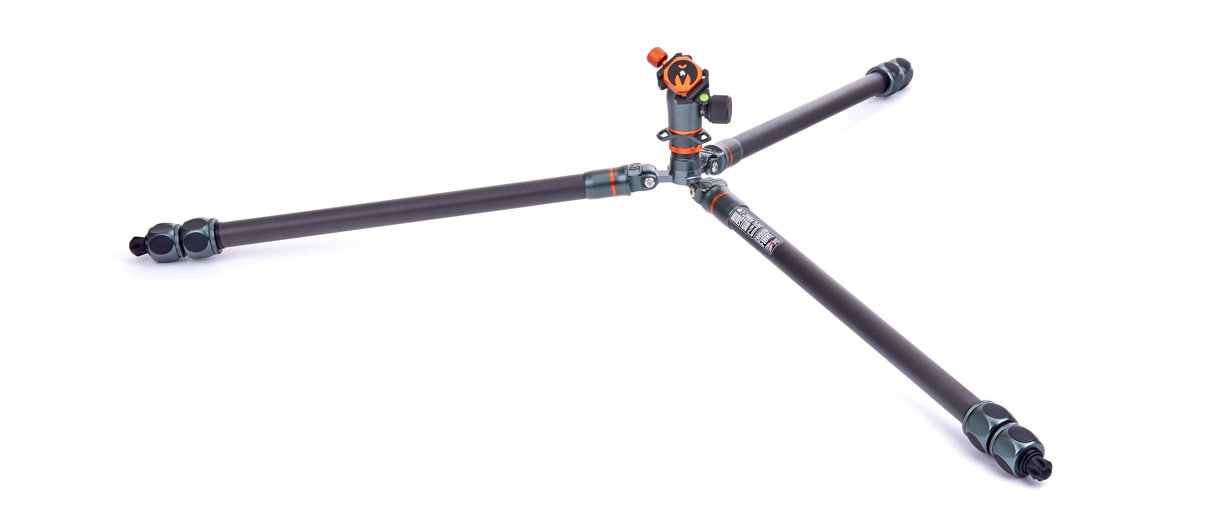
Material: Carbon-fibre
Folded height: 61.2cm / 24”
Maximum operating height: 194cm / 76.4”
Minimum operating height: 23.1cm / 9.09”
Max monopod height: 202cm / 79”
Weight: 2.05kg / 4.51lbs
Load rating: 40kg / 88lbs
Sections per leg/centre column: 3 / 1
Maximum leg section diameter: 29mm / 1.14”
Locking leg angles: 3
Feet: Rubber pads
Case/bag included: Padded case
Key features
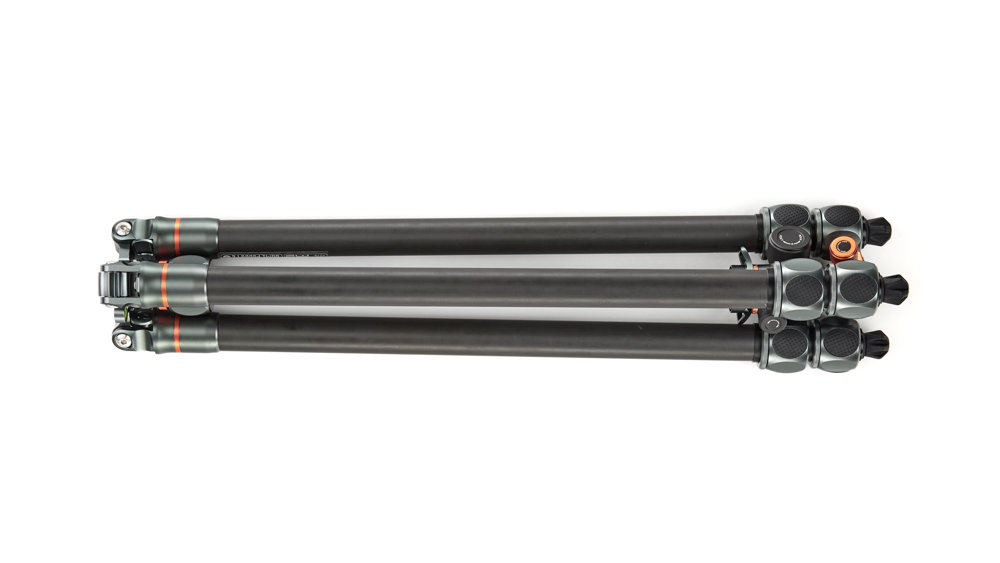
3 Legged Thing’s Pro 2.0 line-up sits slap dab in the middle of the company’s Punks range of entry-level (yet high-performance) tripods and the Legends collection of premium supports.
For our money, it’s the Pro 2.0 tripods that offer the most bang per buck if you’re after solid support for hefty gear. Travel photographers obsessed with compactness will be drawn to the Leo 2.0 and Albert 2.0 kits in the Pro 2.0 range, which fold down to just 37.4cm / 14.7 inches and 43.1cm / 16.9 inches respectively. However, the former has 5-section legs and a 2-section centre-column, while the latter goes further still with 3-section centre-column. As quick and easy as the twist-locks are to operate, there’s a lot of them, which can make setup a bit of a chore, to be repeated in reverse when it’s time to pack up.
The Winston 2.0 is a more conventional ‘full-sized’ tripod, in that it has the time-honoured combination of 3-section legs with two twist locks, and a single-section centre-column. Even so, it’s no stickler for tradition and brings a feast of innovative design flourishes to the 3-legged race.
Like the vast majority of current travel tripods, the Winston 2.0 aims for minimum stowage size. The trick is to fully extend the centre-column and swing the legs fully upwards, so that the head nestles between the tripod feet. Even without a myriad of leg- and centre-column sections to contend with, this enable a relatively compact folded height of 61.2cm / 24 inches, along with a positively skyscraping maximum operating height of 194cm / 76.4 inches. To give a sense of scale, you’d need to be 7 feet 2 inches tall to see through a mounted camera’s viewfinder. Monopod configuration raises the stakes even higher, with a maximum height of 202cm / 79 inches.
Another bonus is that ‘what you see is what you get’. With the reduced number of leg-sections, there’s comparatively little reduction in diameter as you work your way down to the thinnest sections hidden away at the bottom, and there are naturally no smaller-diameter centre-column sections concealed at the top. The result is greater stability and reduced flexing, the Winston 2.0 also having the heaviest payload in the Pro 2.0 group, at 40kg / 88lbs, compared with the other two tripods’ 30kg / 66lbs.
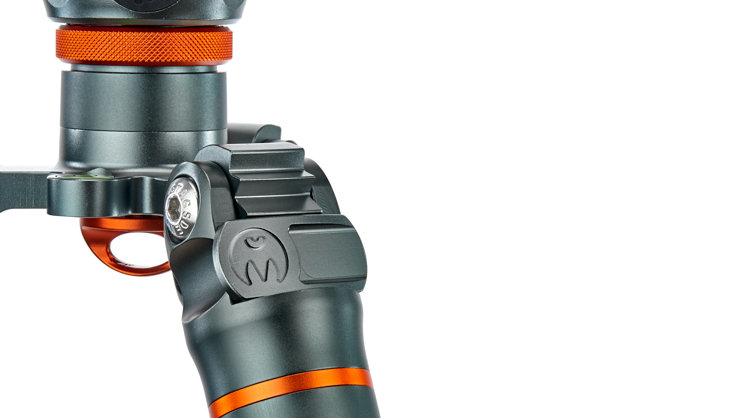
The tripod is crafted from carbon-fibre and there’s no cut-price aluminium option. It’s available as a complete kit with an AirHed Pro ball head, or you can buy just the legs on their own. In the UK, the complete kit costs very little extra, making it a no-brainer, although the price difference is more significant in some world regions, including the USA. The other choice comes down to colour preference for the tripod’s anodised magnesium alloy fixtures, which are finished in either earth bronze or metallic slate grey.
Three lockable angles are available for the legs, which is par for the course these days. Unusually though, all three of the legs can be unscrewed for quick and easy detachment from the tripod. As with many modern tripods, you can use a separated leg either with or without the removable centre column for use as a monopod. However, remove all three legs and you can fit Stilletoz spiked feet or Vanz dual ball/spiked feet (both sold as optional extras) and turn the Winston 2.0 into a sturdy tabletop- or low-level tripod. Another option for really low-level shooting is to splay the legs to their widest lockable angle and remove the centre column. The head then separates from the centre-column and connects to the tripod platform, enabling shooting from a height of just 23.1cm / 9.09”. The centre-column is also reversible for inverted shooting right down to ground-level.
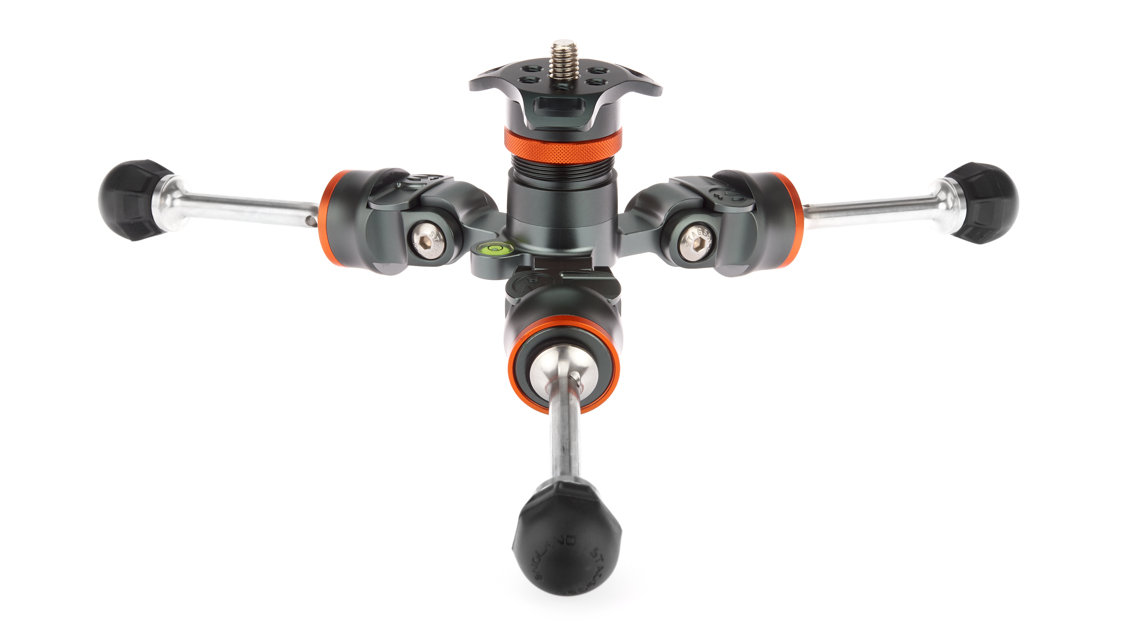
For easy levelling, there’s a bubble level on the tripod spider, and another one on the AirHed Pro ball head, both of which are made from magnesium alloy. The ball head itself is as tricked-up as the legs, and similarly quick and effortless to operate. The main locking knob is accompanied by a pan-only release knob, the latter function coming complete with a calibrated 360-degree scale. The high-quality quick-release plate is Arca-Swiss compatible but there’s no D-ring for tightening the camera screw with just a finger and thumb. You’ll therefore need to use a coin, or the ‘Toolz’ gadget that comes with the tripod, which features a hex drive and flat blade, both of which fit the camera screw, plus a carabiner and even a bottle-opener.
Build and handling
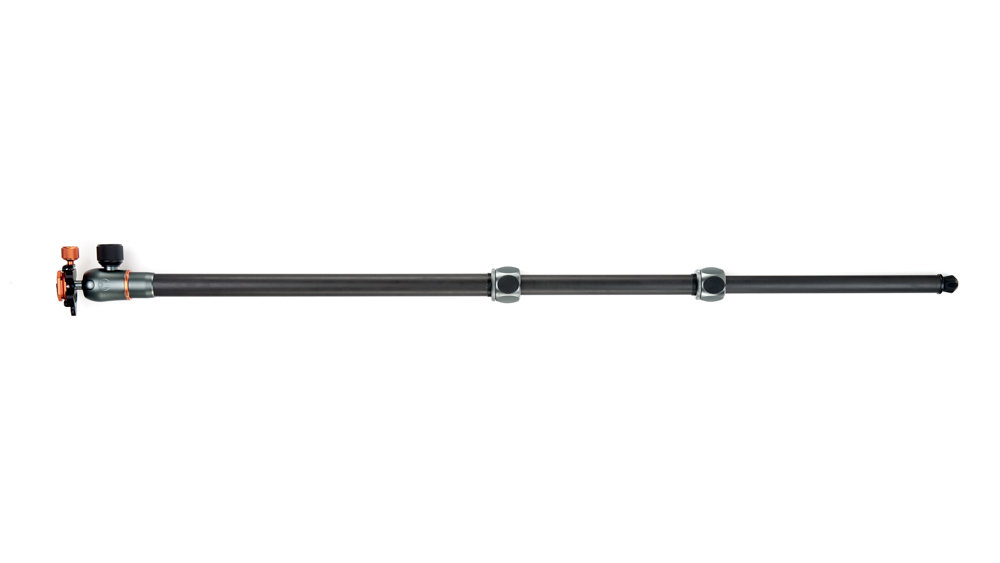
The Winston 2.0 lives up to its ‘Pro’ branding with absolutely impeccable build quality throughout. The 8-layer carbon-fibre leg- and centre-column sections are beautifully turned out and, while lightweight, they’re extremely resistant to flexing and vibration. The ‘Parallel Locking’ twist-locks give rock-solid support and require minimal turning for clamping or releasing. Moreover, the twist-locks come complete with secondary locking rings that avoid the risk of accidental disassembly.
Sliding plates for locking the leg angles are similarly quick, easy and intuitive to operate, with the minimum of fuss and bother. Even the ‘tri-mount plate’ that joins the top of the centre column to the ball head is cleverly designed, featuring three spurs with cut-outs for easily attaching accessories. And while the tripod is supplied with rubber feet, a wide range of alternative spikes and claws are available as optional extra ‘footwear’.
All in all, build quality and handling are both exemplary. The Winston 2.0 is everything you could wish for from a tripod, in terms of solid, sturdy dependability and speedy, effortless operation.
Performance
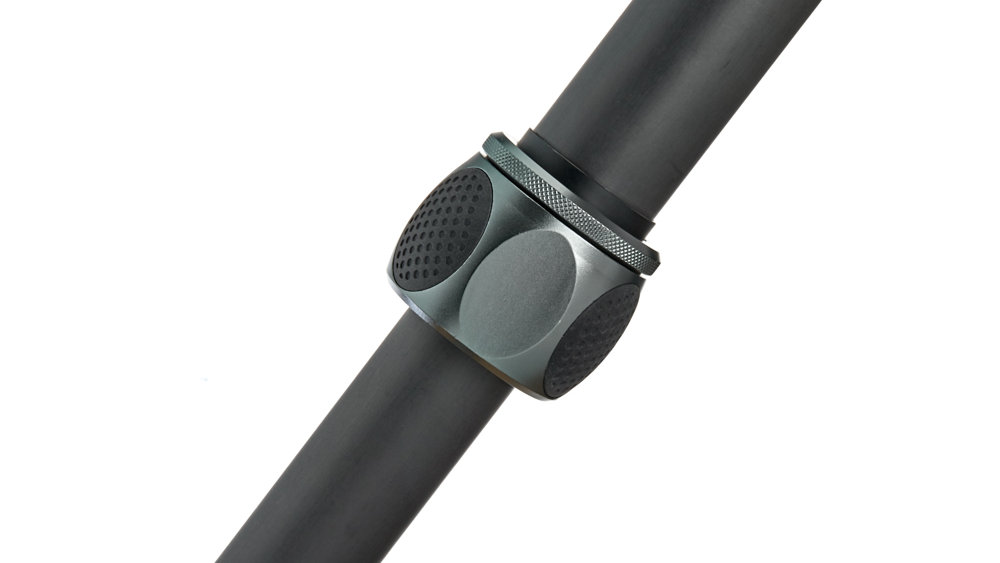
Ultimately, it doesn’t really matter how high or low a tripod can go, or how well it’s suited to working on challenging terrain, unless it offers solid support. The Winston 2.0 passes all tests with flying colours, being superlatively resistant to flexing and vibrations. The same holds true for the AirHed Pro, which performs flawlessly, especially for a ball head with a fairly modest ball diameter. Even with a heavy camera body and lens combination attached, the degree of sagging after tightening the main clamp is absolutely minimal.
Verdict
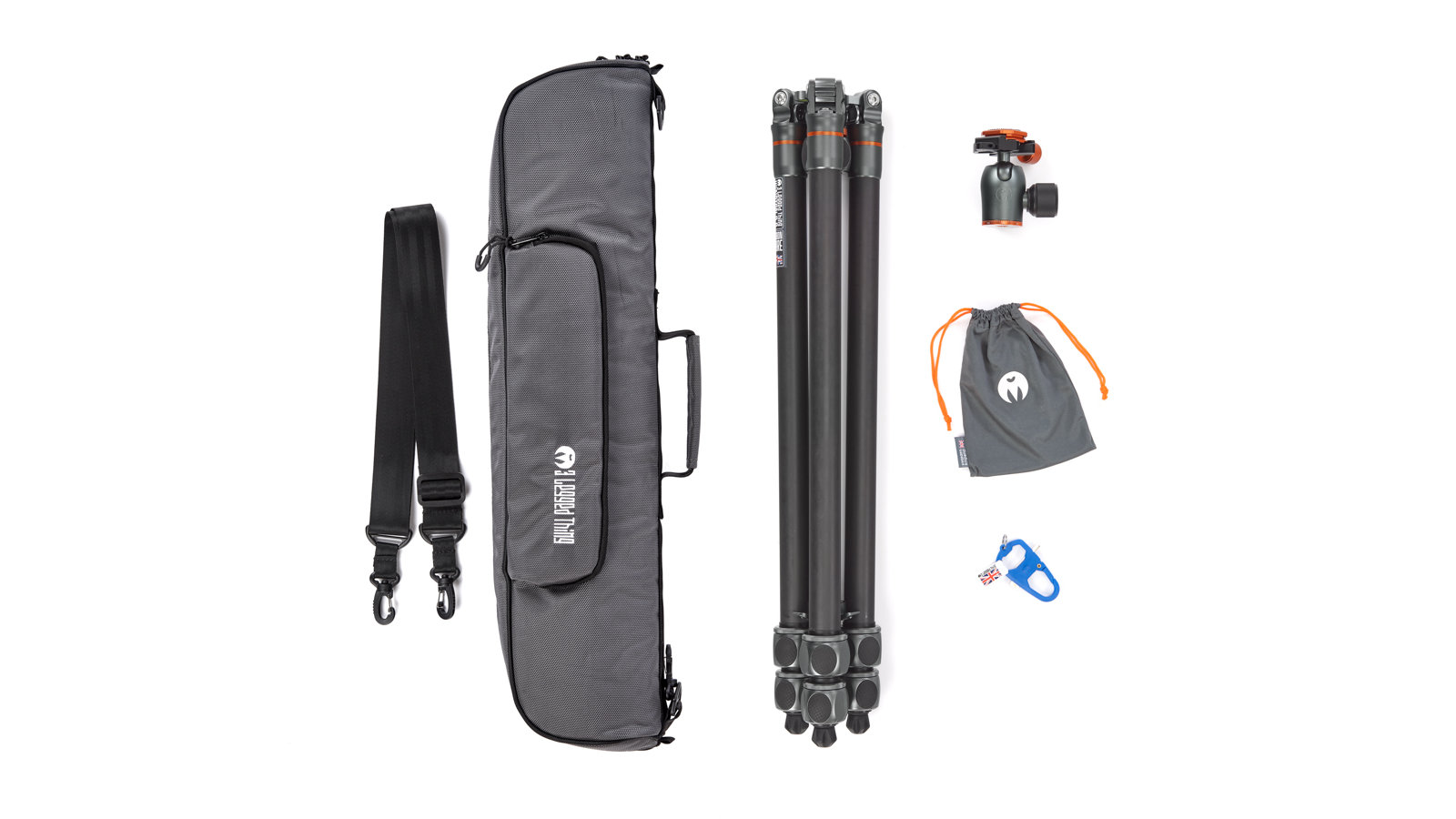
Sure, the Winston 2.0 won’t win any prizes for compactness in a competition of tiny travel tripods. But who wants to be limited to shooting at waist-height? Complete with AirHed Pro, this kit is still refreshingly compact and lightweight to carry around, and in some style thanks to the padded case in which it’s supplied.
If you thought that the current vogue for image-stabilized camera bodies and lenses were giving tripods their marching orders, the Winston 2.0 will make you think again. Its versatility, speed and ease of operation, along with its all-round performance, makes it an indispensable shooting aid. And for a top-spec carbon fibre tripod kit, it’s also standout value for money.
Read more:
• Best tripods
• Best travel tripods
• Best video tripods
• Best mini tripods
Matthew Richards is a photographer and journalist who has spent years using and reviewing all manner of photo gear. He is Digital Camera World's principal lens reviewer – and has tested more primes and zooms than most people have had hot dinners!
His expertise with equipment doesn’t end there, though. He is also an encyclopedia when it comes to all manner of cameras, camera holsters and bags, flashguns, tripods and heads, printers, papers and inks, and just about anything imaging-related.
In an earlier life he was a broadcast engineer at the BBC, as well as a former editor of PC Guide.

